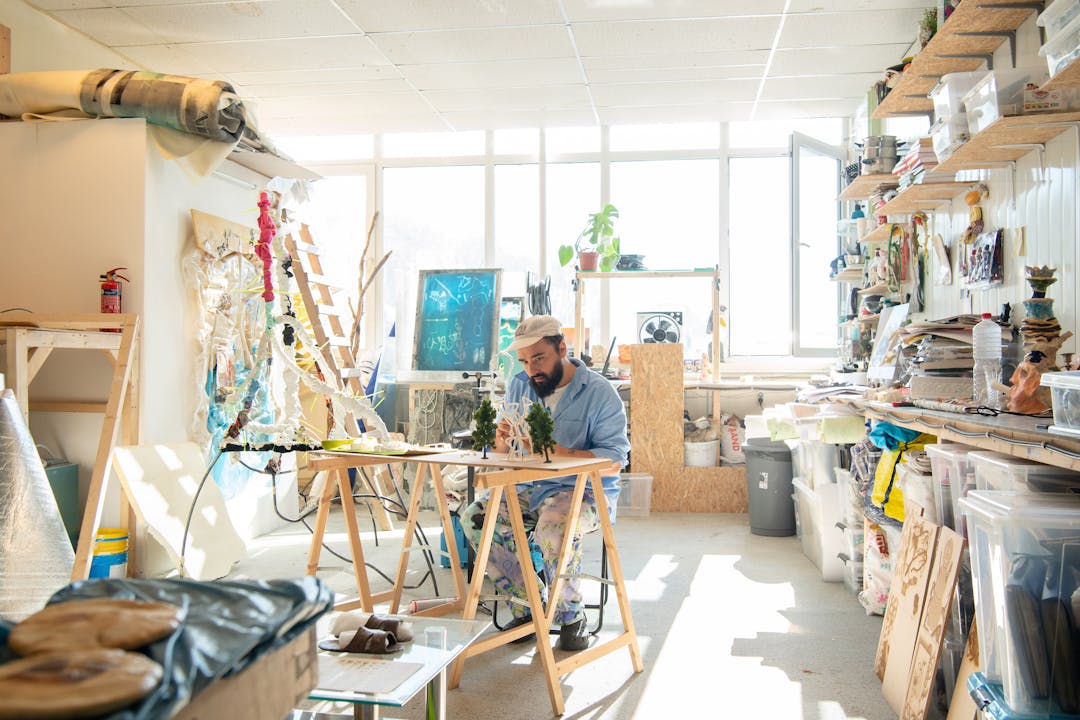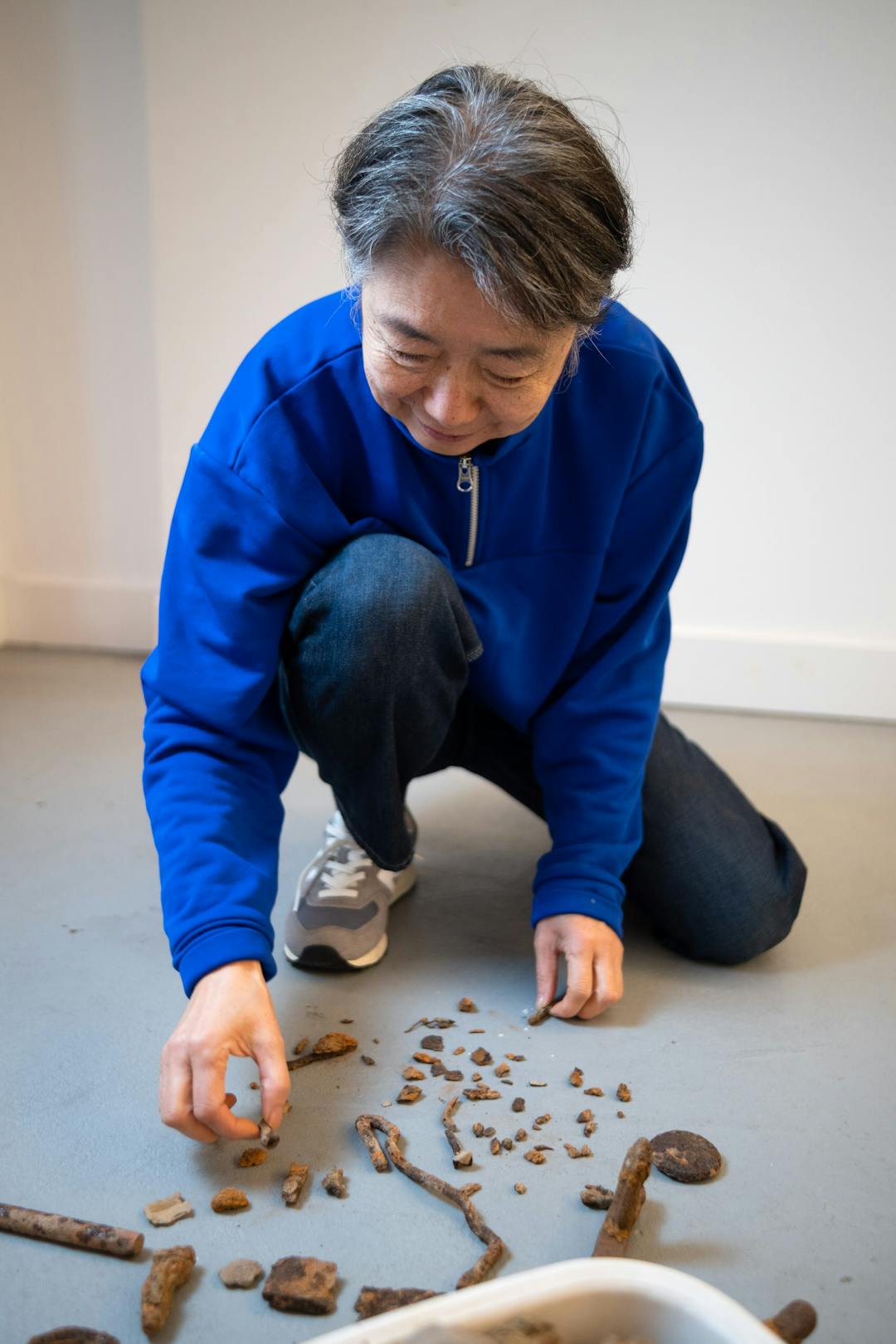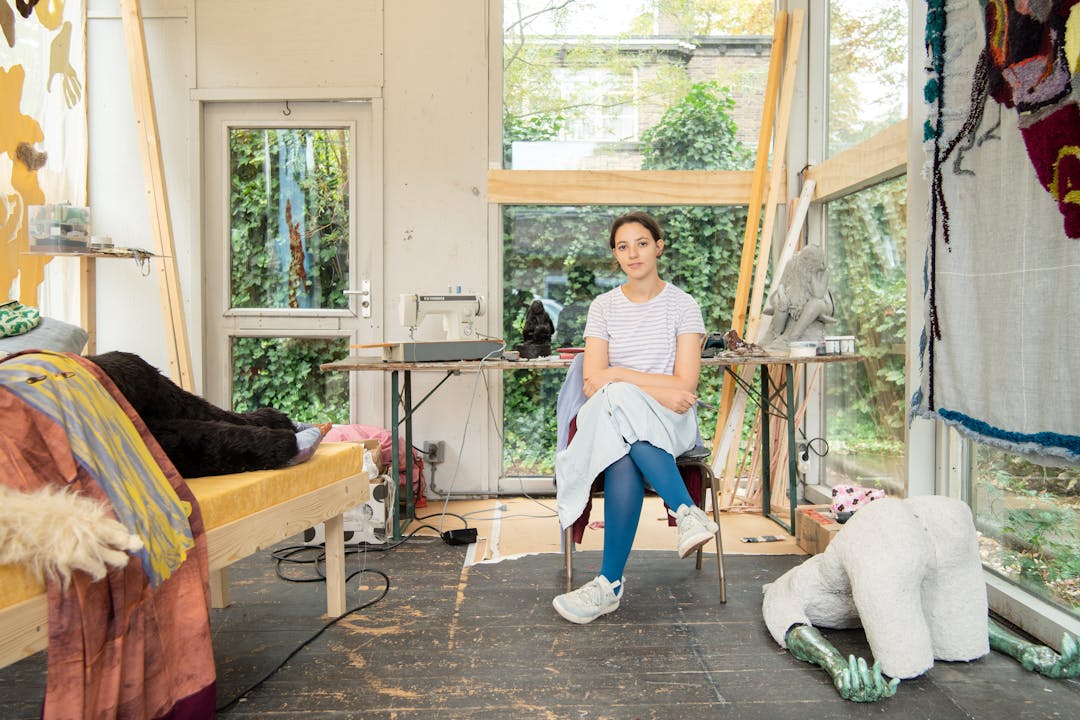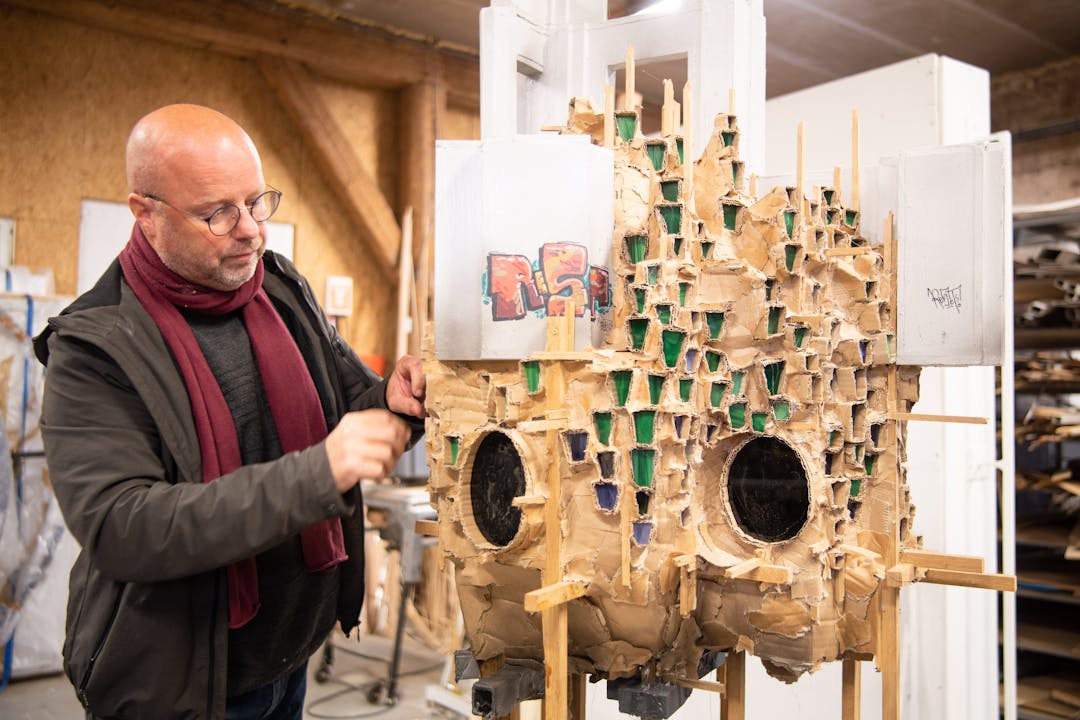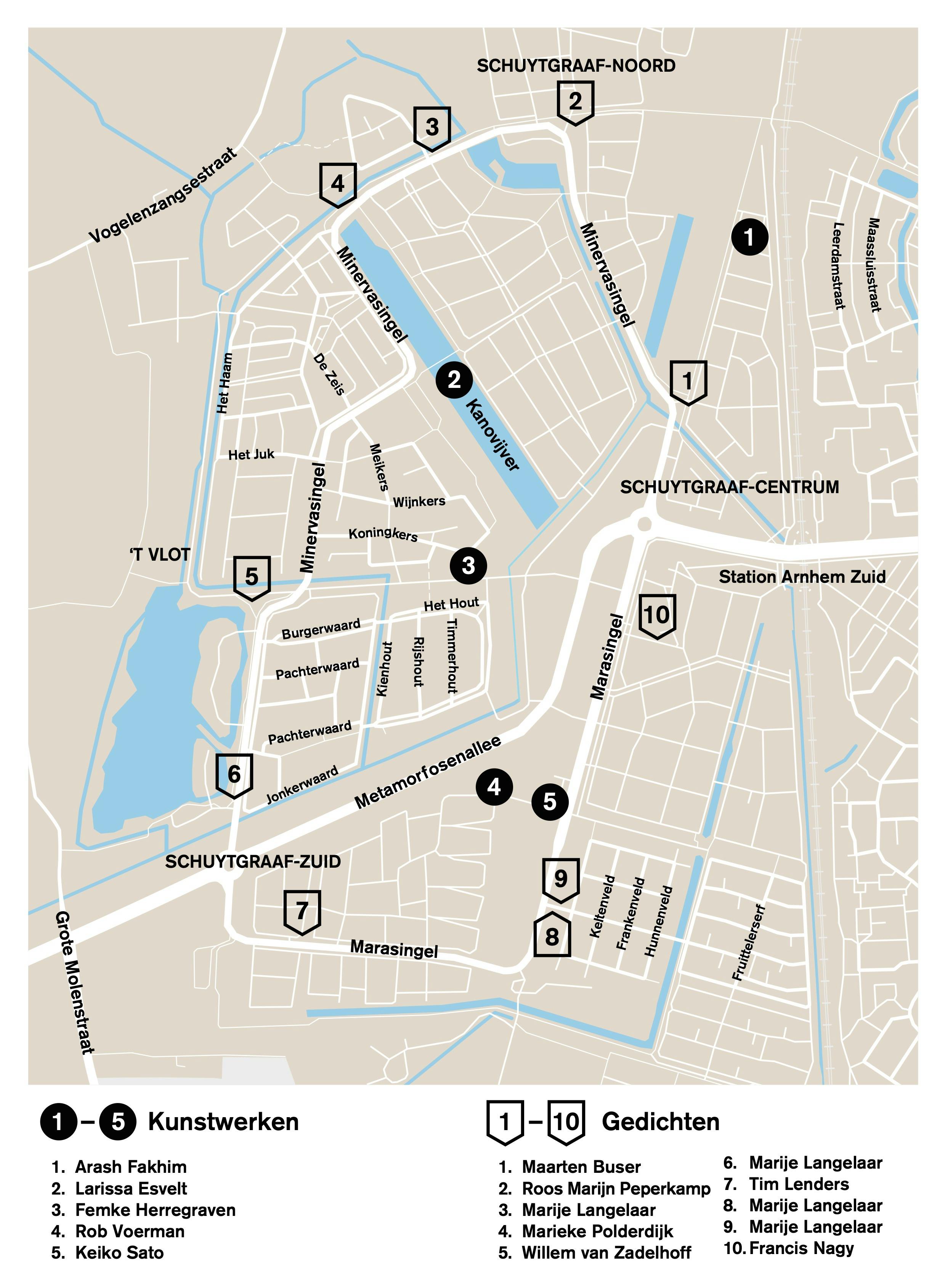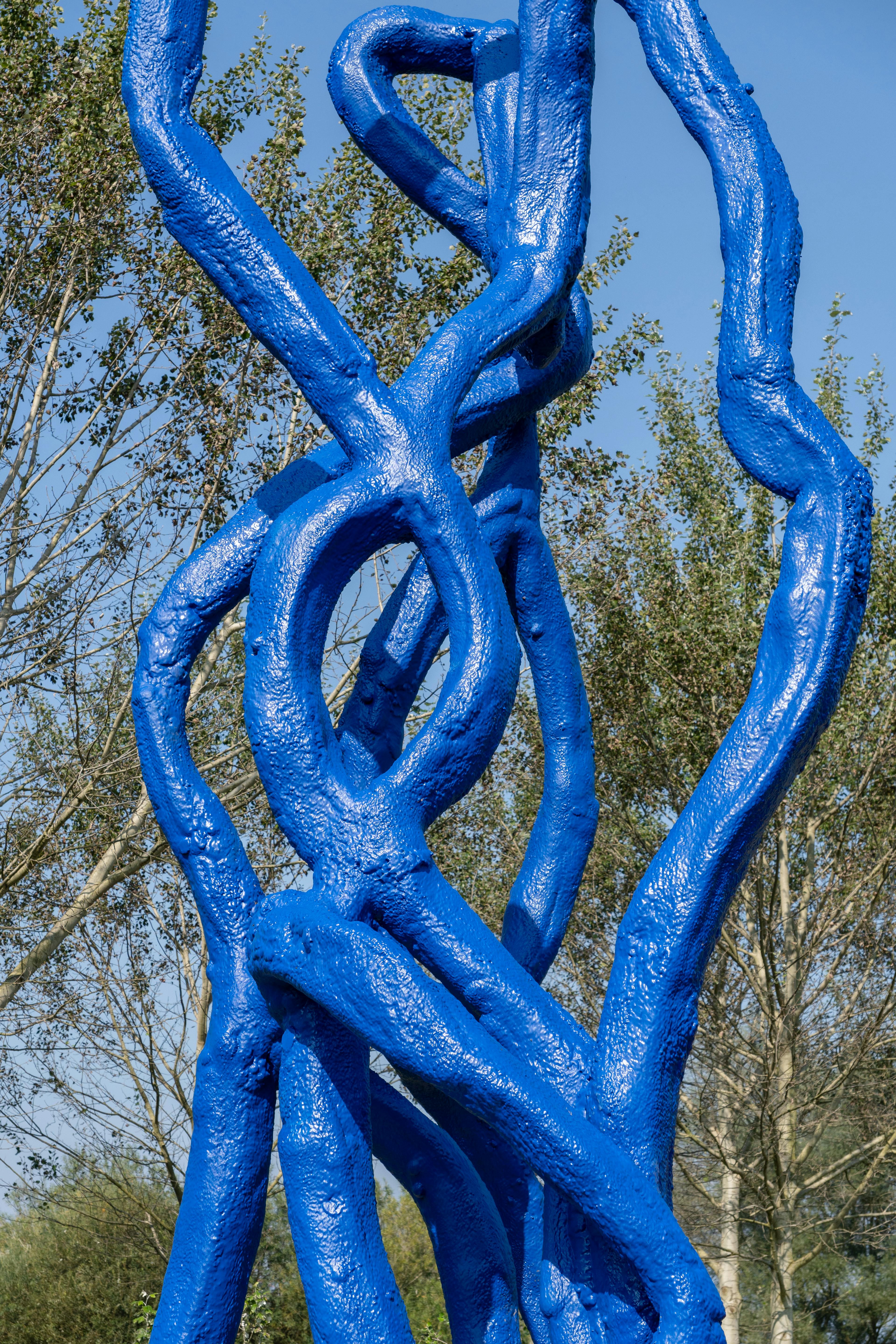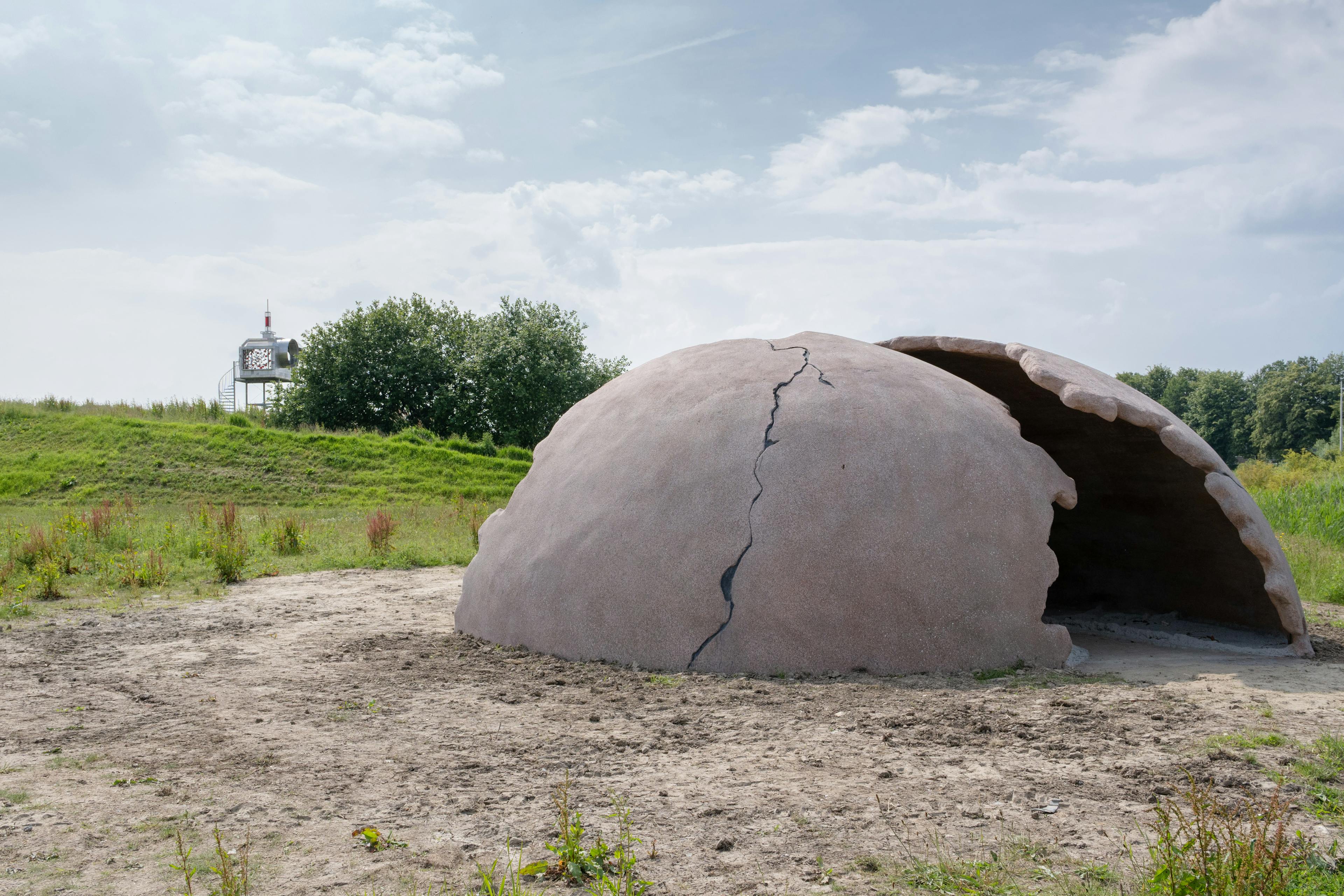Art route Schuytgraaf has been completed.
Across the Arnhem district, four permanent public artworks have been realized. Stichting Plaatsmaken was commissioned by the Municipality of Arnhem to develop this route and enlisted Arnhem-based curator Fleur Junier to shape its content.
The four artworks reflect the identity of the neighborhood: its landscape character, historical background, and the evolving identity of the community and its residents. Each piece has been created specifically for its location. A diverse group of artists was selected, varying in age, background, and gender. All of them have a unique, distinctive approach, a strong connection to the region, and have actively engaged with the neighborhood and its people. The route is further enriched by a Poetry Route, displayed on several utility boxes in Schuytgraaf.
Power of Art
The goal of Art Route Schuytgraaf is to enhance the quality of public space, improve livability, and foster a sense of recognition and connection. The artworks serve as meeting points, landmarks, and invitations for dialogue or contemplation.
Alderman Cathelijne Bouwkamp is pleased with the initiative:
"Public art is of great importance to Arnhem. Art has the power to surprise and inspire, and I expect this route to do just that. It is wonderful to see residents involved in the project. The fact that commissions are primarily given to regional artists also strengthens our visual arts sector."
An art route for everyone
Art Route Schuytgraaf is for everyone—local residents, visitors from the region, or tourists exploring Arnhem. The route can be experienced on foot or by bike, and each artwork can also be enjoyed individually. A QR code at each piece provides digital information about the work and its artist. The route also has its own Instagram page—don’t forget to tag us in your favorite artwork! #kunstrouteschuytgraaf #stichtingplaatsmaken
Realization
Plaatsmaken drew on its extensive experience to create this route. In 2019, during Biënnale Gelderland in downtown Arnhem, the foundation demonstrated its ability to curate a compelling art route featuring Gelderland-based artists for a broad audience.
"For Plaatsmaken, it is essential to serve as a platform for artists and to bring art to the people. This project strongly embodies both elements," says Inge Pollet, Artistic Director of Plaatsmaken.
Many parties participated in the realization of the art route: the feedback group consisting of experts and residents, the project team of the Municipality of Arnhem. The artists involved and the many executive producers, but also the primary schools involved and their students and teachers, education professionals, district coordinators and landscape architects.
Art Route Schuytgraaf was made possible thanks to the generous support of the Municipality of Arnhem, the Mondriaan Fund, and BPD Cultuurfonds.
